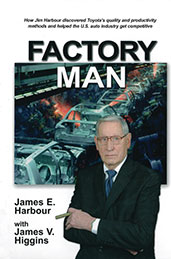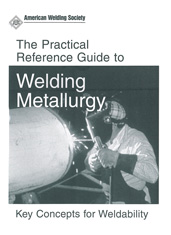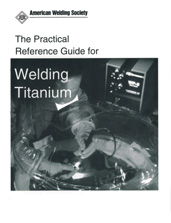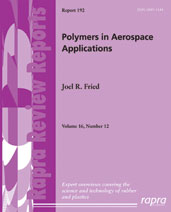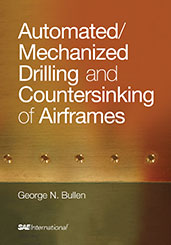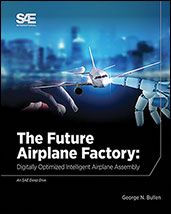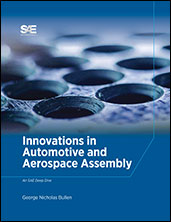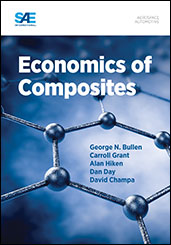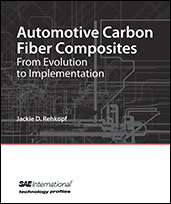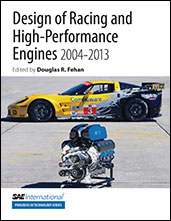Book

Joining: Understanding the Basics
2011-11-01
Extending ASM's Understanding the Basics series into fabrication technologies, this book is an introduction to the most important industrial joining methods: welding, brazing, soldering, fastening, and adhesive bonding. It addresses metallurgical issues that must be understood during welding, and provides an overview of issues to consider when joining systems of materials that are the same, similar, or different. Topics include: • Introduction to Joining • Arc Welding of Metals • Resistance Welding • Other Fusion Welding Processes • Metallurgical Variables in Fusion Welding • Solid State Welding and Bonding • Brazing and Soldering • Mechanical Fastening • Adhesive Bonding • Material Issues in Joining
